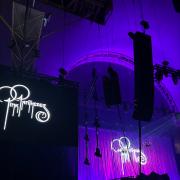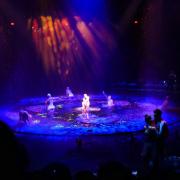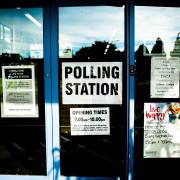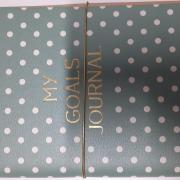
The Bell Jar has become a cult classic for bookworms intrigued by it’s realistic portrayals of mental illness brought on by confinement and societal pressure. In light of modern pressures, I’m looking at this Roman à Clef novel in order to examine what a 21st century audience would make of it.
The only novel ever written by writer and poet Sylvia Plath, who similarly to the protagonist Esther Greenwood struggled with suicide and depression, delves deep into the nitty gritty corners of the line of impurity, female sexuality, feelings of imprisonment and the dangers of psychiatric medicine. Societal expectations are expressed as a major theme throughout the novel through the character of Esther who feels pressure from society about how she expresses her sexuality, her behaviour and her life ambitions that contradicts the views of the world around her. She feels a gap between what she does experience and what society says she should experience which acts as the main conflict in the novel. The MeToo movement has recently given rise to feminist ideals which has prompted additional awareness about women’s rights. Gender stereotypes and inequality are being challenged which brings the themes of The Bell Jar into the public eye more than ever.
The character of Esther, in which the novel follows, feels stuck in a society insistent that women remain virgins until marriage – virgins being described as “pure” in the novel – whilst men are allowed complete sexual liberation. The idea of sexual freedom for woman is one of the many concepts society refutes as a norm time and time again which Esther sees through Joan’s affair with DeeDee – a portrayal of a lesbian relationship – which challenges society’s heterosexual norms.
Esther’s existentialist struggle with her own identity and whether or not to embrace societal pressure is conveyed through the character antithesis with female characters such as Esther’s mother, Betsy and Mrs. Willard (who have adopted social expectations) pushing societal norms onto Esther versus the female characters of Doreen, Dr. Nolan and Joan Gilling (who have rejected these expectations) and try to introduce Esther to unorthodox views to the societal majority. This is exhibited, for example, through Doreen and Lenny Shepherd’s unmarried sexual relationship and Esther’s conversation with Dr. Nolan where she tells the protagonist that pre-marital sex is not something to demoralise and even goes as far as to speak to her about contraception choices (such as the diaphragm). Esther’s sexuality is a major part of her identity and is a key point of her conflicted view in The Bell Jar. Only when she finally goes against what society expects of her – by being fitted for a diaphragm – does she take control of her own life and start to travel her own path down the chosen branch of the green fig tree.
Throughout the novel, it is made apparent that although not all men are sexist patriarchists, many of them are and in doing so amplify the gender inequality of the society Esther lives in by disenfranchising the women around them of their influence. For example, Marco assaults Esther for his own sexual indulgence – attempting to rape her – trying to negate her of her power as a women. In the case of the character Buddy, he instantly assumes himself to be smarter than Esther inferring that she will desire marriage, children and the position of housewife over all other personal ambitions in life. By doing this, he is feeding into the societal expectations weighing down on woman, especially like Esther who are struggling immensely with what society is asking of them.
On top of the undeniable double standard for women and men in the bedroom, the society Esther finds herself in levies different expectations for men and women in the workplace. The stereotype of woman focussing only on being homemakers, baby makers and housewives is beyond prominent and they are made to believe that caring for their spouses and children is better than pursuing their own dreams. Again, with the character antithesis, many characters like Esther’s mother, Dodo Conway and Mrs. Willard chose the traditional route of life and push Esther to do so to whilst characters like Dr. Nolan, Jay Cee and Philomena Guinea demonstrate the alternative modern, unconventional path at the time.
As a woman of the time, Esther initially believes that she must follow society to a tee and so feels that with her age and place in society, she should act more cheery and confident. This results in her repressing her natural depressive gloom and cynicism as she feels she is forbidden to discuss the darker parts of herself that plague her imagination such as death and personal failure. By letting society control her decisions, she only worsened herself by confining her mind and diminishing her mental health even more.



























